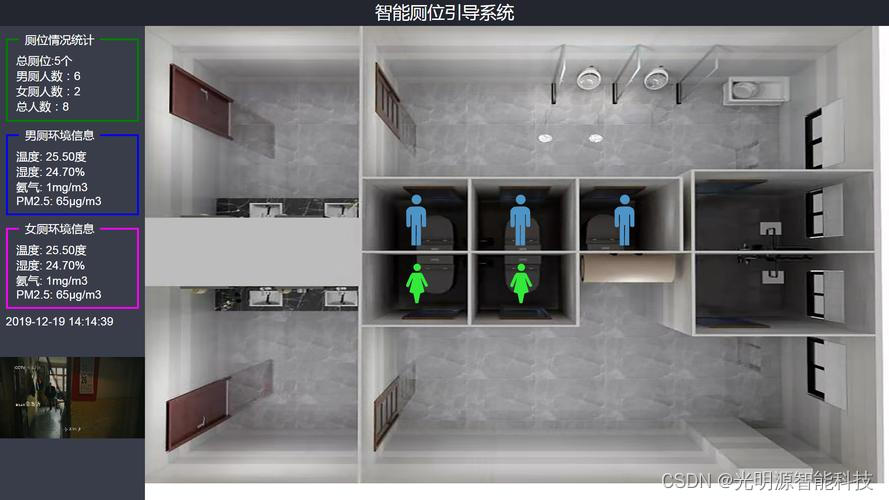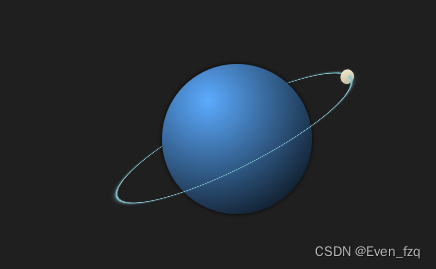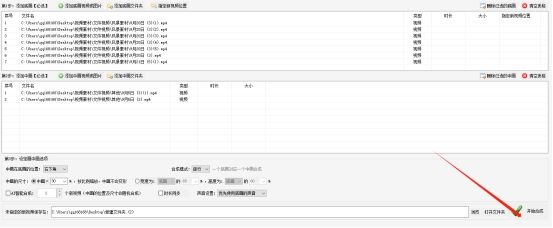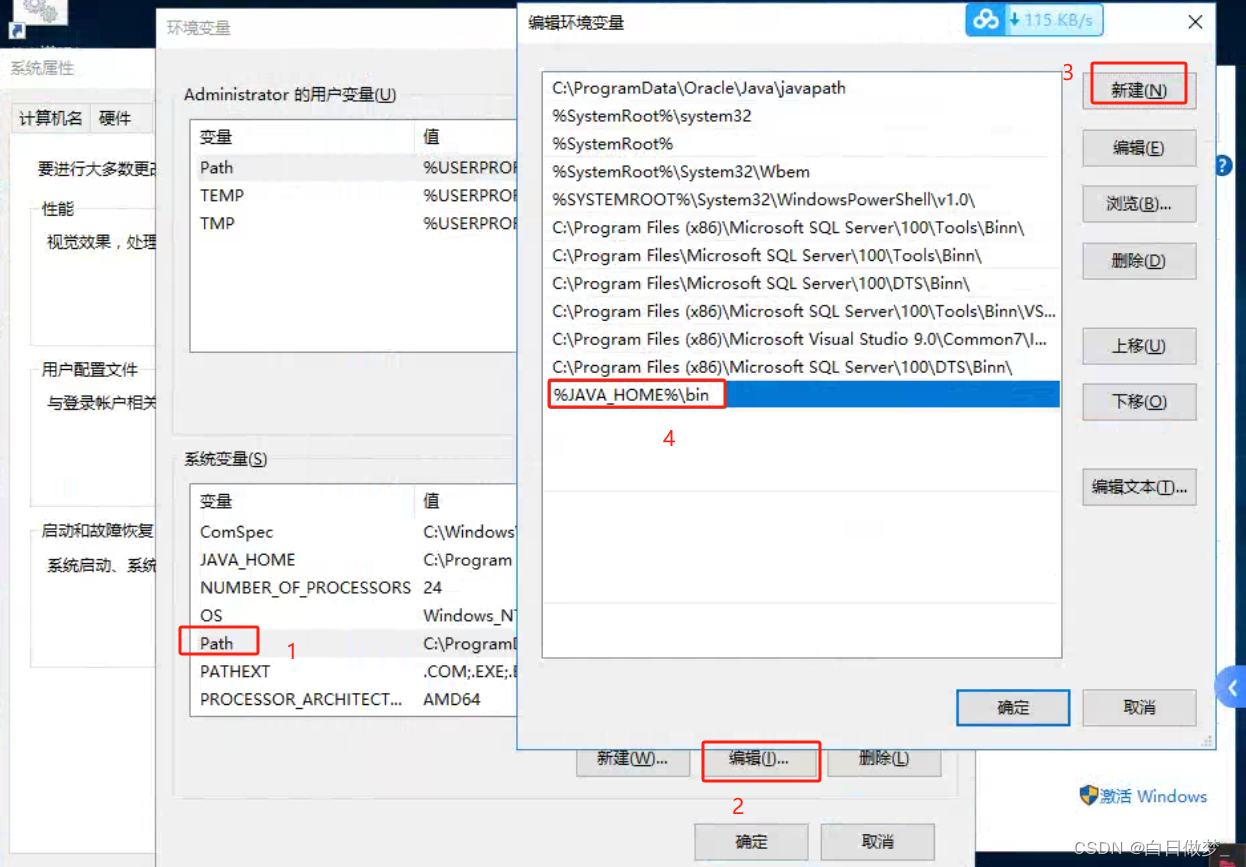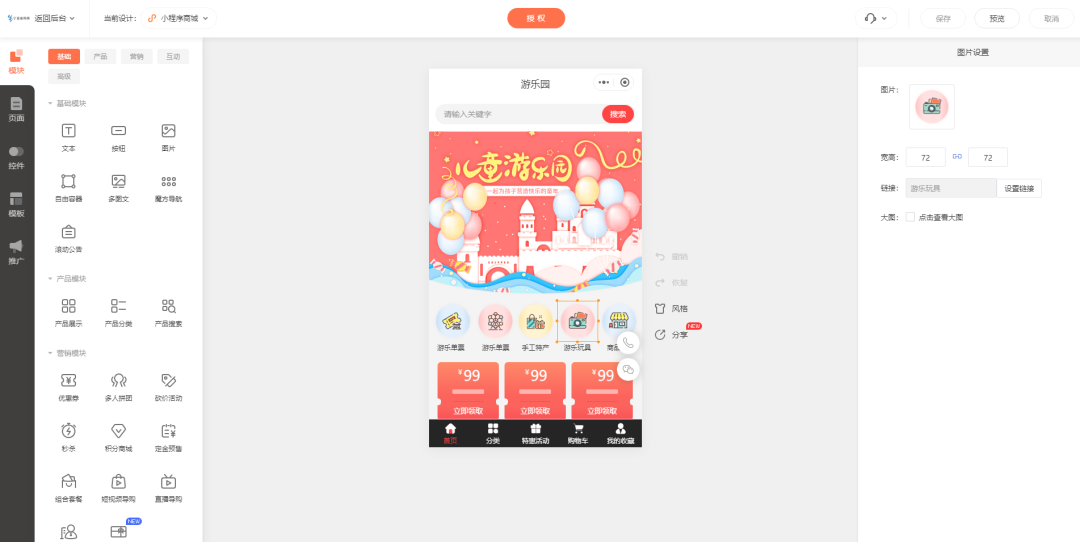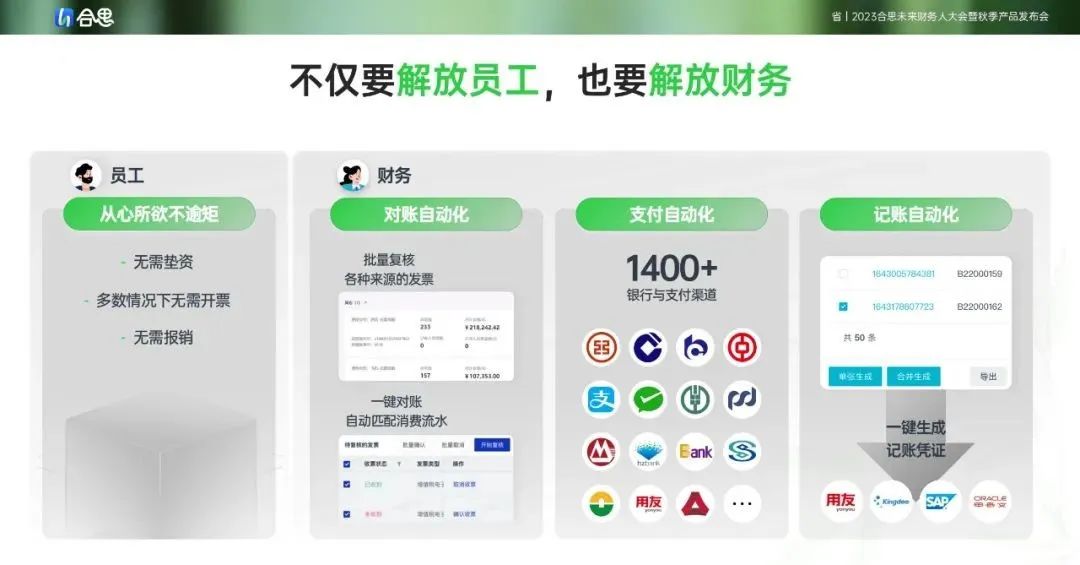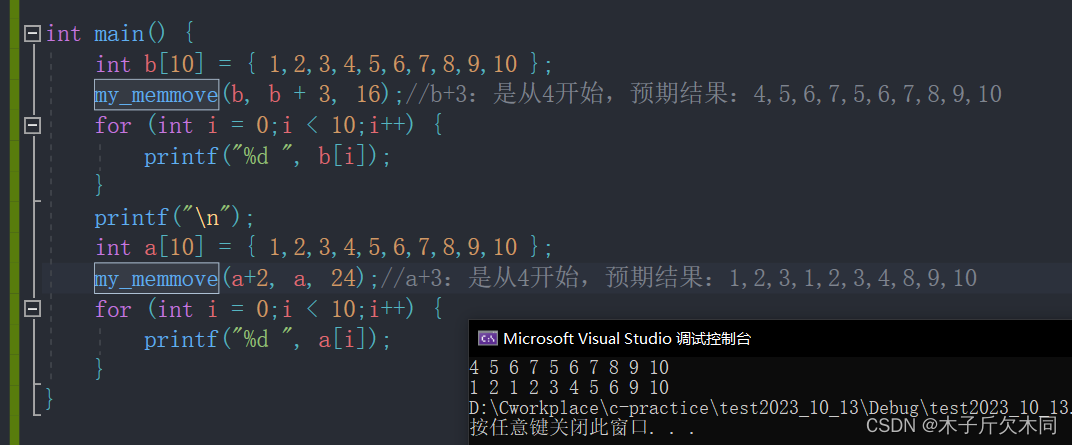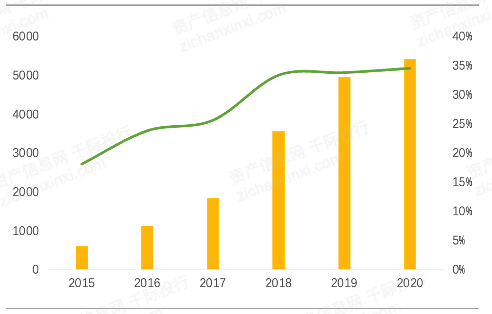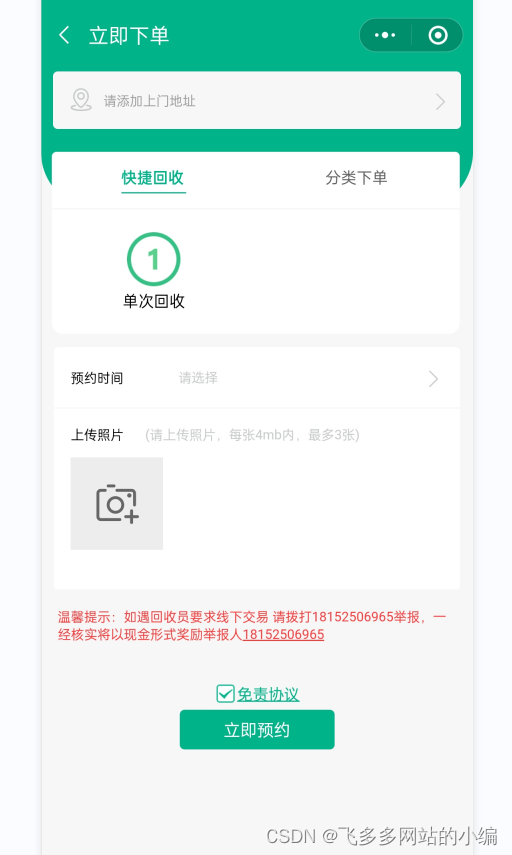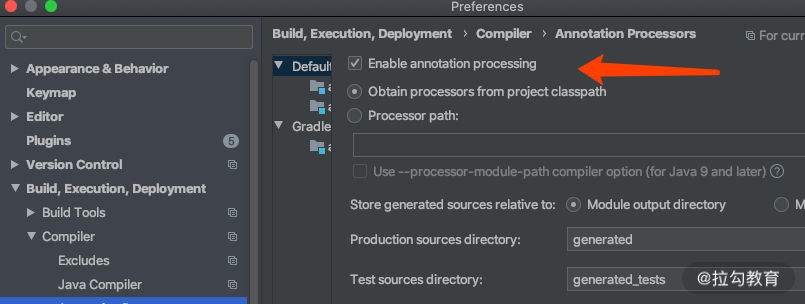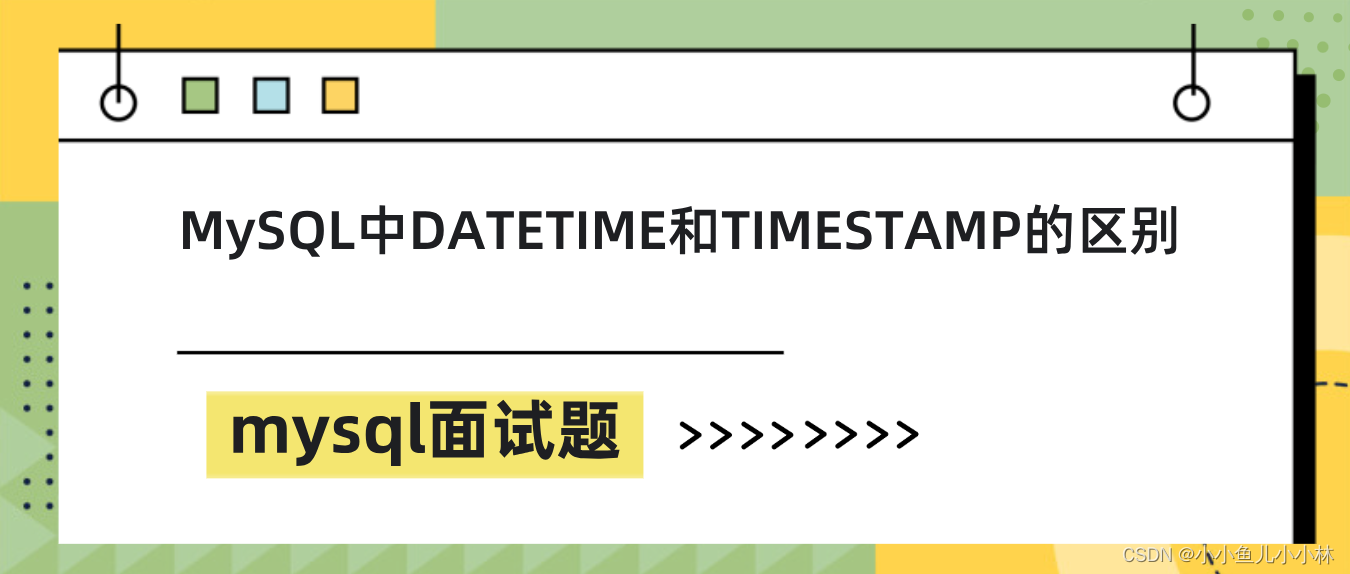字符串查找
字符串查找方法即是查找子串在字符串中的位置或出现的次数
find():检测某个子串是否包含在这个字符串中,如果在返回这个子串开始的位置下标,否则返回-1
# 字符串序列.find(子串, 开始位置下标, 结束位置下标)
mystr = "hello world and hello python"
print(mystr.find('hello')) # 0
print(mystr.find('hello', 10, 27)) #16
print(mystr.find('linux')) # -1
index():检测某个子串是否包含在这个字符串中,如果在返回这个子串开始的位置下标,否则则报异常
mystr = "hello world and hello python"
print(mystr.index('hello')) # 0
print(mystr.index('hello', 10, 27)) #16
print(mystr.index('linux')) # 报错
字符串修改
修改字符串,指的就是通过函数的形式修改字符串中的数据

字符串序列.replace(旧子串, 新子串, 替换次数)
mystr = "hello world and hello python"
print(mystr.replace('and', '&'))
# 结果:hello world & hello python
print(mystr.replace('hello', 'hi', 2))
# 结果:hi world and hi python
print(mystr)
# 结果:hello world and hello python
数据按照是否能直接修改分为可变类型和不可变类型两种,由于字符串属于不可变类型,所以修改的时候不能改变原有字符串。
字符串序列.split(分割字符, num)
num表示的是分割字符出现的次数,即将来返回数据个数为num+1个
mystr = 'apple,orange,banana'
print(mystr.split(','))
# 结果:['apple', 'orange', 'banana']
print(mystr.split(',', 1))
# 结果:['apple', 'orange,banana']
list1 = ['it', 'heima']
tuple1 = ('hello', 'python')
print(''.join(list1))
# 结果:itheima
print('-'.join(tuple1))
# 结果:hello-python字符串的判断

